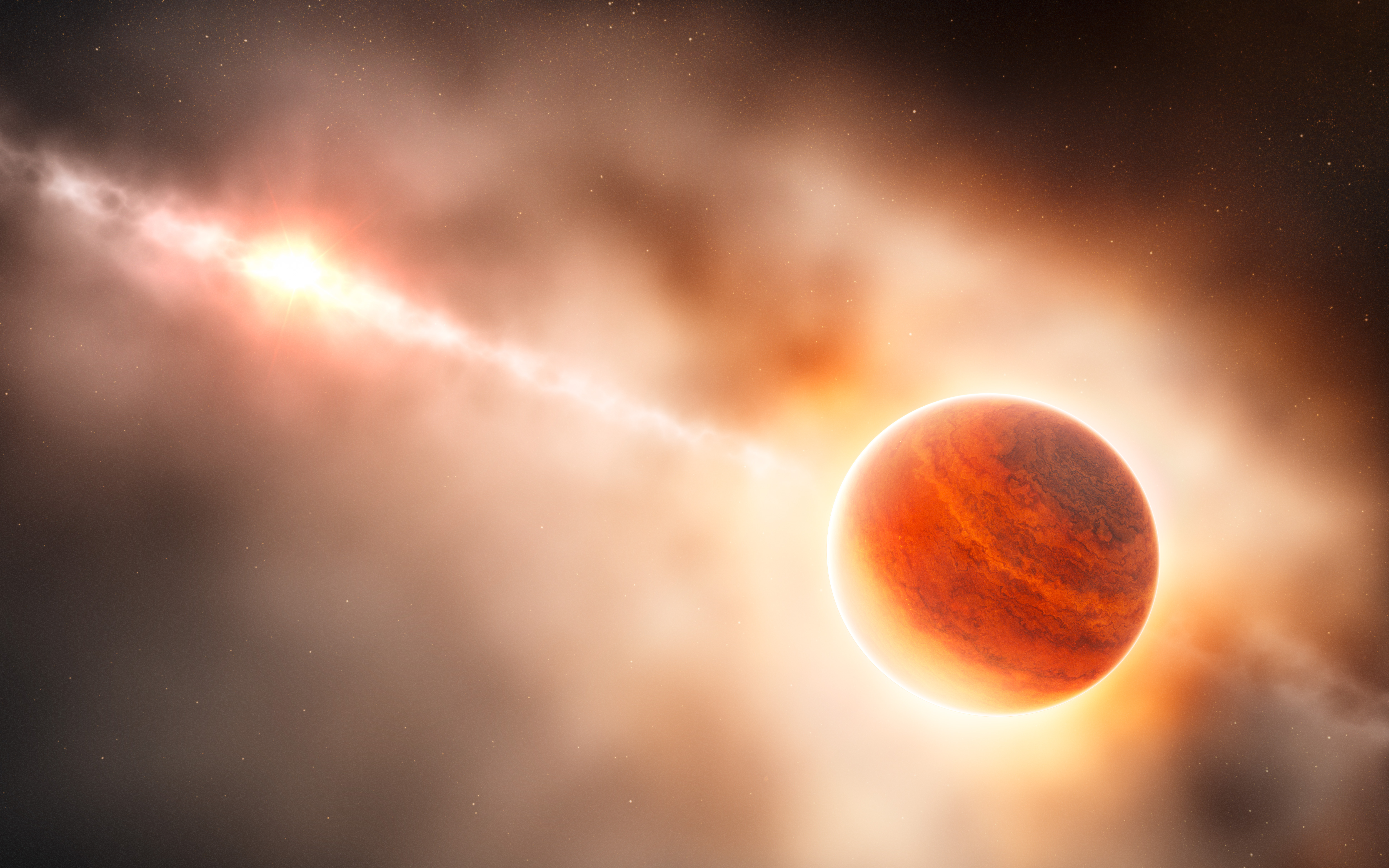Professor Sara Seager of Massachusetts Institute of Technology says her team of scientists is looking for biosignatures from gases emitted by alien life forms on habitable extrasolar planets. Many of these gases could be detected remotely by telescopes, but could end up having quite different compositions from those in the atmosphere of our planet.
Prof. Seager and her colleagues explained,
“Thousands of exoplanets are known to orbit nearby stars. Plans for the next generation of space-based and ground-based telescopes are fueling the anticipation that a precious few habitable planets can be identified in the coming decade. Even more highly anticipated is the chance to find signs of life on these habitable planets by way of biosignature gases.”
Seager’s team proposes in their paper published online in the journal Astrobiology that all stable and potential volatile molecules should be considered as possible biosignature gases, laying the groundwork for identifying such gases by conducting a massive search for molecules with six or fewer non-hydrogen atoms in order to maximize their chances of recognizing biosignature gases. They say they promote the concept that “all stable and potentially volatile molecules should initially be considered as viable biosignature gases.”
The scientists created a list of about 14,000 molecules that contain up to 6 non-H atoms. About 2,500 of these are CNOPSH (C – carbon, N – nitrogen, O – oxygen, P – phosphorus, S – sulfur, and H – hydrogen) compounds.
This means that instead of the costly and controversial method of netting strange creatures from the bottom of the sea, these scientists have decided to search and find thousands of curious, potentially biogenic gas molecules.



